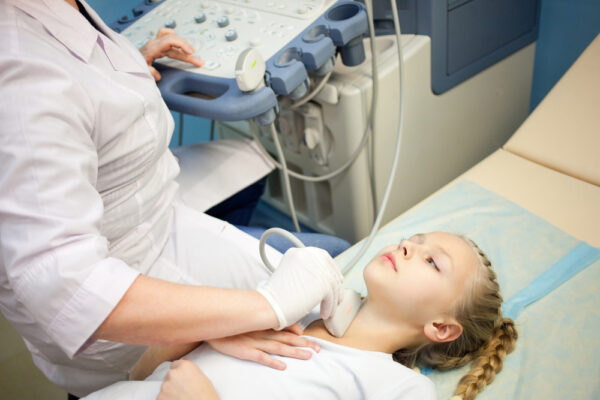Value-Based Care and Ultrasound Diagnostics: A Win-Win for Patients

Healthcare is in a period of necessary evolution, with traditional fee-for-service models giving way to a focus on delivering value: providing improved outcomes at lower costs. This journey requires innovative tools, and one imaging technology stands out: ultrasound. Its accuracy, efficiency, accessibility across a myriad of clinical applications, and lower cost are proving remarkably suited to the value-based paradigm, offering a win-win for both patients and healthcare systems.
But how exactly does this dynamic play out? Let’s explore the powerful synergy between value-based care and ultrasound: a collaboration already redefining healthcare delivery.
What is value-based care?
In value-based care (VBC), providers are compensated based on their ability to achieve positive outcomes and prevent unnecessary interventions, rather than the volume of services provided. It encourages a focus on patient well-being while also positively contributing to broader facets of healthcare like population health management, care coordination, and patient engagement — all of which contribute to a holistic and patient-centric approach to healthcare.
What is ultrasound’s role in value-based care?
VBC incentivizes healthcare providers to seek the best mode of care for every patient. This has pressed the adoption of technologies like ultrasound. Through informed ultrasound diagnostic assessments, providers can attain the insights they need to deliver personalized patient care.
Ultrasound also aligns with the core tenets of a VBC approach:
- Accuracy: Ultrasound provides detailed images in real time for precise diagnoses, across a wide range of clinical applications
- Safety: Its noninvasive, radiation-free technology minimizes risks and complications, particularly for vulnerable populations.
- Efficiency: Unlike more resource-intensive and static imaging devices like CT scans or MRIs, ultrasound can be performed at the bedside, reducing the need for patients to undergo time-consuming and costly imaging processes. It also serves as a valuable real-time guidance tool during medical procedures, minimizing the need for repeated attempts, shortening procedure durations, and ultimately saving time.
- Cost-effectiveness: Ultrasound has a relatively lower cost compared to alternative imaging modalities. Its ability to provide accurate and timely diagnosis further contributes to cost savings by avoiding unnecessary interventions, reducing hospital admissions, and streamlining the utilization of healthcare resources.
As it increasingly becomes a point-of-care resource, ultrasound is enabling providers to meet VBC expectations right from the get-go. And, most importantly, it’s enhancing the patient experience.
How does this help patients?
Ultrasound technology offers numerous advantages to patients, enhancing their healthcare experience with tangible evidence and making it easier for them to collaborate with physicians on care management. Here are the benefits of ultrasound from a patient’s perspective:
- Accessibility: Ultrasound’s portability and widespread availability revolutionize access to diagnostic services, particularly in remote or underserved areas. Patients no longer face the burden of extensive travel for essential medical imaging, resulting in quicker and more convenient healthcare.
- Personalization: Ultrasound enables real-time examination, allowing providers to tailor treatment plans based on individual patient needs. This personalization of care fosters a deeper patient-provider relationship and empowers patients to actively participate in their healthcare decisions.
- Better outcomes: Accurate, timely, and cost-effective diagnoses facilitated by ultrasound translate to earlier interventions and improved health outcomes. Ultrasound also plays a crucial role in monitoring treatment progress and adjusting strategies as needed, ensuring patients receive the most effective and personalized care possible.
The marriage of VBC and ultrasound forecasts a shift in the way patients understand their health, participate in treatment management, and experience outcomes.
Ultrasound diagnostics are integral to value-based care
As value-based care evolves, the potential of ultrasound continues to unfold. It’s not just a diagnostic tool; it’s a bridge to personalized medicine, empowered patients, and a future where health flourishes under the shared commitment to quality and affordability.


